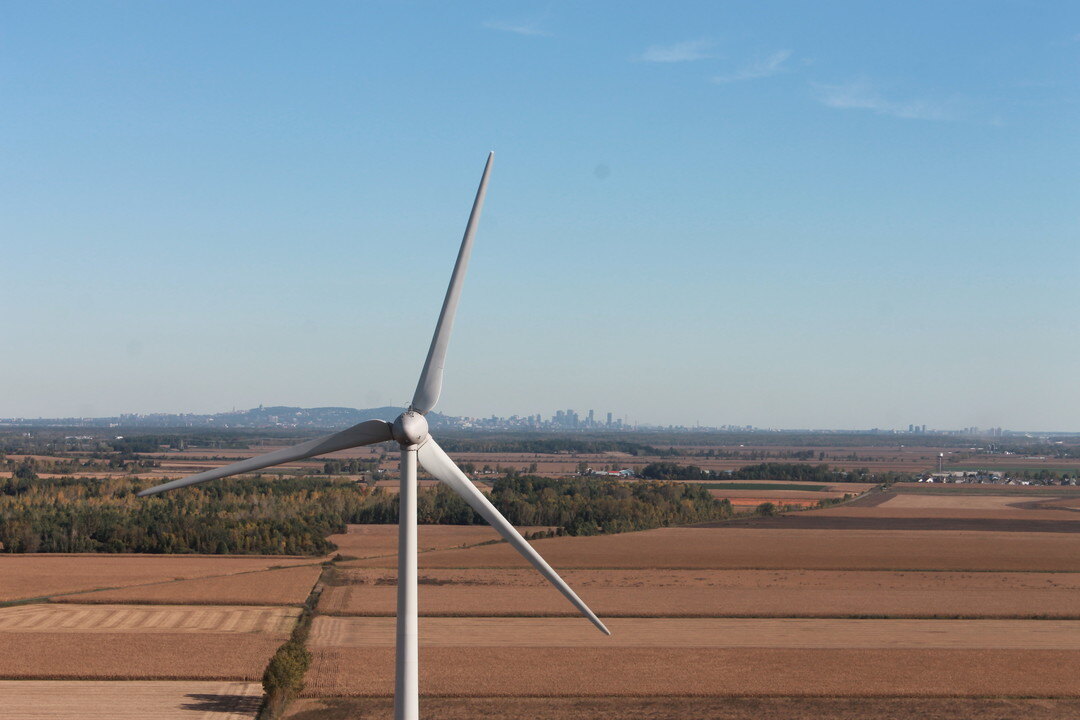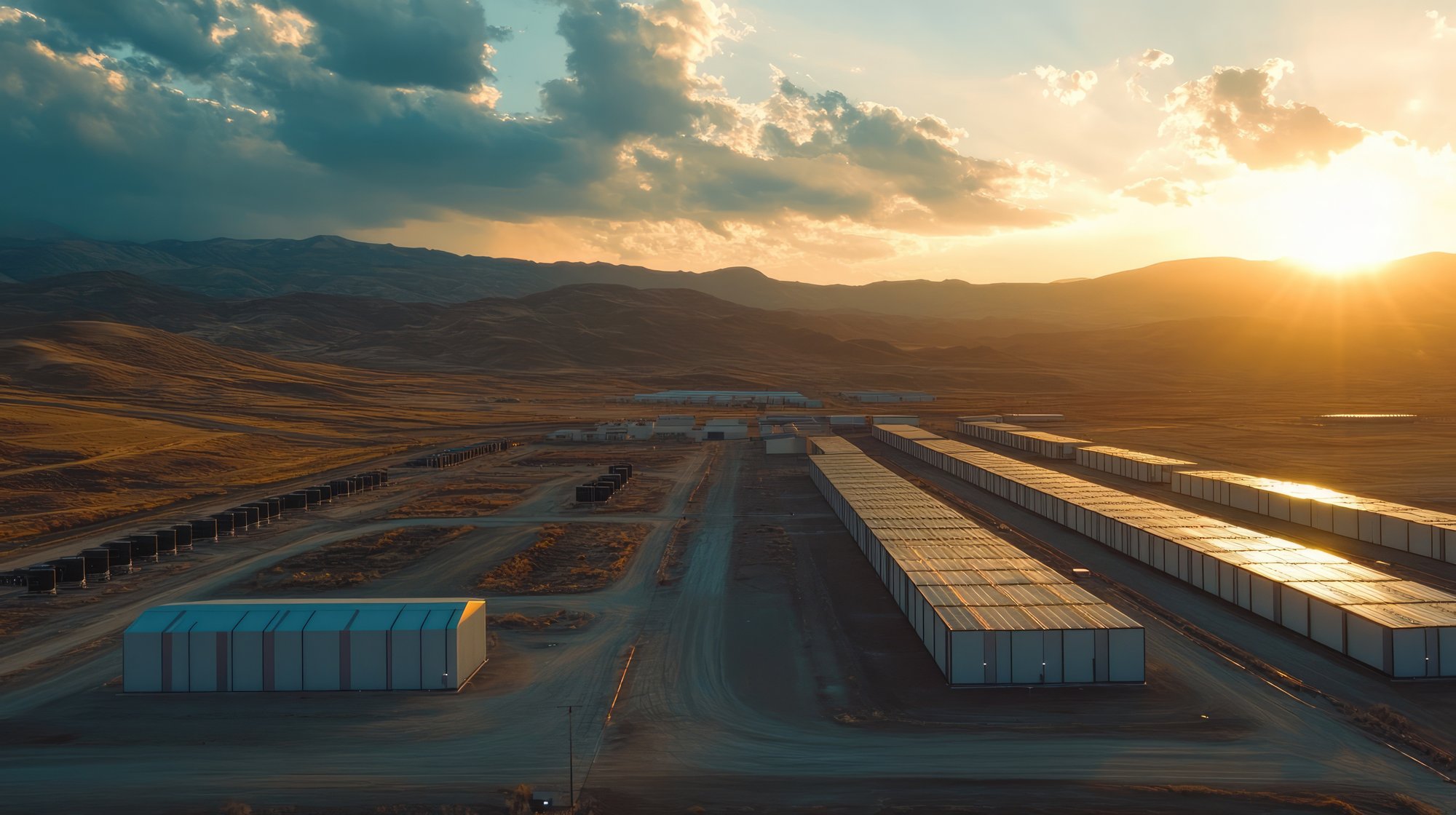Article 2: 10 Things You Need to Know to De-Risk Wind O&M–Workflows Are Critical to Success

Stay in touch
Subscribe to our newsletter for expert insights, company updates, and the latest in renewable energy management solutions.
A MILLION-DOLLAR MISTAKE
Imagine a company brings in data scientists to analyze a wind farm. Data is gathered and reports are run. Everything looks great except for one turbine: the data shows excessive wind turbulence for the area in which that turbine is placed.
The data scientists show the report to the site manager and strongly recommend directional curtailment for that turbine. They warn him that inaction could dramatically impact the turbine’s remaining useful life (RUL).
The site manager thanks them for the information, and places it at the end of a long list of things to do. Weeks and months later, still no action has been taken to address the issue. A year later, when that site manager leaves the company, the new site manager isn’t informed.
How could this happen?
BROKEN WORKFLOWS
This all too familiar story happened because of a broken workflow. Let’s say that turbine is a new 2MW commercial-scale turbine ($3-$4 million installed) and, because of the excessive turbulence, its 20+ year expected life is cut short by 5 or 10 years. You’re looking at a huge preventable financial loss.
Well, you might ask, what if the turbine was 20 years old and the site manager logged the issue, consulted with other stakeholders and decided the issue was costlier to address than to ignore? Exactly. That would be a different (and far less expensive) scenario thanks to a functional workflow.
As we’ve seen, a workflow must include best practices for logging and sharing information and for the prioritization of tasks and issues. Then, rather than tasks being managed in a vacuum on a First-In First-Out (FIFO) basis, tasks are managed by the appropriate people based on priority. In wind, common methods to determine priority are a remaining useful life (RUL) analysis or a financial impact evaluation.
Does this story about the site manager ring a bell? If so, you might be experiencing broken or ineffective workflows in your organization. But how do you address this? Let’s start by defining what a workflow is.
WHAT IS A WORKFLOW?
A workflow is the systematic organization of human and technical resources and processes with the objective of achieving a commercial goal. In other words, a workflow is the way your team works together and uses shared tools to achieve shared goals.
In the wind industry, there are many different users with different responsibilities. Every user and each tool and service they use must be integrated into your workflows. If you fail to consider any of these moving parts when establishing workflows, it’s nearly impossible to ensure safe and efficient O&M actions and deliverables.
To complicate things further, the definition of roles and the organization of tools within each company is unique; workflows vary depending on the size of the company, how quickly it’s growing, its chosen tools and software, and its culture, among other variables.
If this sounds overwhelming, you’re not alone. Optimizing your organization’s workflows is such an incredibly complex task that many companies struggle with establishing them at all. Luckily, there are tools to help.
HOW DIGITALIZATION IMPROVES WORKFLOW
Digitalization brings with it many tools to help manage and streamline your organizations workflows. Taking advantage of these tools improves team collaboration and productivity, resulting in reduced maintenance costs, longer useful lives and improved organizational scalability.
With optimal operational processes in place, organizations focus less on obtaining, managing and sharing data, and more on using data-driven insights to prioritize issues and make good decisions about which actions to take.
Along with making the logging and managing of information easier, digital workflow tools make information sharing and issue prioritization the default methods for handling data across an organization, reducing human error and information silos.
Let’s return to our site manager. Imagine if instead of adding the turbulence issue to the bottom of a never-ending list of things to do, she logged into a shared platform with a dashboard that showed the status of each turbine on the wind farm and created an event or a case linked to that turbine. The information is now logged and available to others within a digital system of record.
TAKING DIGITALIZATION A STEP FURTHER
A System of Engagement (SoE) takes the benefits of digitalization to its logical conclusion, integrating all digitalized tools into one interconnected system. SoE facilitates the interaction between all individuals, tools, services and information available within one organization.
For example, imagine that after the event or case was created for the turbine, the system automatically tagged it as something potentially serious. Then this tag automatically triggered an alert notifying all key stakeholders who can then decide on next steps based on the remaining useful life the of the turbine, the potential costs of action vs. inaction, etc.
This is the beauty of a system that connects the right people to the right data at the right time: they can act on information to save the organization time and money. The following infographic is a simplified picture of how a System of Engagement connects stand-alone software tools, systems and people:

CONCLUSION
Establishing, optimizing and digitalizing your organization’s workflow is crucial for the safety, reliability and efficiency of wind projects. The wind industry still has opportunity for growth in this area.
When thoughtfully developed and implemented, digitalized workflows—especially as a part of a System of Engagement—help your team communicate more effectively and act more strategically, which translates to a lower levelized cost of energy (LCOE) for your organization. If we want to drive continuous improvement in our organization and industry, it’s our job to design, implement and prioritize digitalized workflows.
Dr. Francis Pelletier is the Vice President of the Advanced Analytics group at Power Factors.


-2.jpeg?width=2000&name=AdobeStock_785443953%20(1)-2.jpeg)


